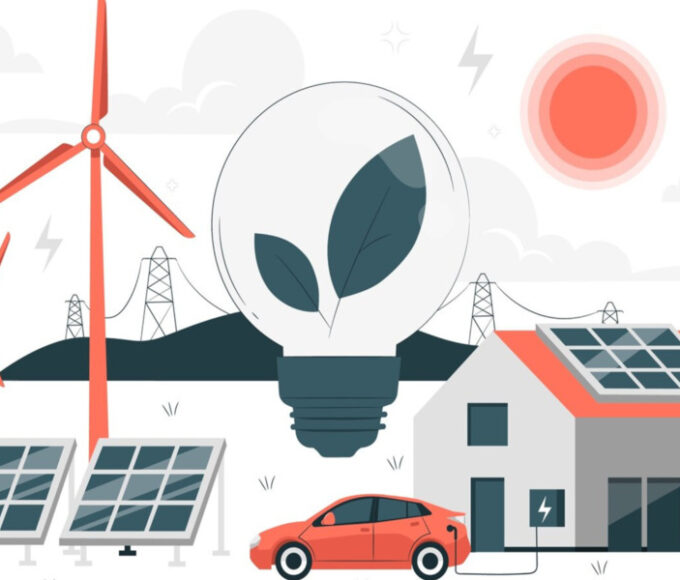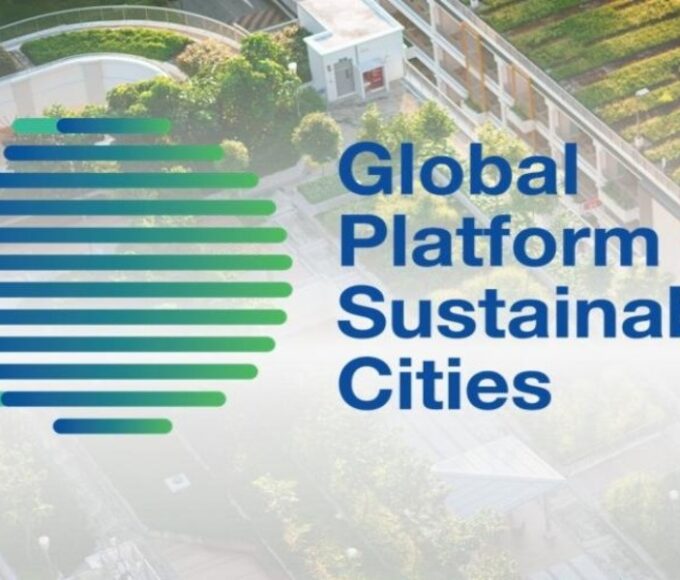Emphasis on Sustainable Fashion

Sustainable fashion is gaining significant traction as the fashion industry increasingly grapples with the environmental impact of its operations. From fast fashion’s excessive waste to the carbon emissions tied to textile production, the need for sustainability in fashion has never been more urgent. Consumers, businesses, and designers are responding to this challenge with new practices, innovations, and commitments aimed at reducing the industry’s environmental footprint. The shift towards sustainable fashion is not just a passing trend but a necessary transformation to ensure the industry’s future and its impact on the planet.
1. The Environmental Impact of Fashion
The fashion industry is one of the most polluting industries globally. It is responsible for significant environmental damage, including water pollution, deforestation, and high carbon emissions. According to estimates, the textile industry contributes around 10% of global greenhouse gas emissions. The excessive use of water in cotton farming and synthetic materials like polyester, which are derived from petroleum, further exacerbate the environmental toll. Moreover, the fast fashion model, with its emphasis on cheap, disposable clothing, leads to enormous amounts of textile waste that end up in landfills.
2. Sustainable Fashion: Key Principles
Sustainable fashion focuses on reducing the negative impact of clothing production and consumption by emphasizing several key principles:
- Eco-friendly materials: Sustainable fashion promotes the use of organic, renewable, and non-toxic materials like organic cotton, hemp, bamboo, and recycled fibers. These materials are more environmentally friendly and have a lower carbon footprint compared to conventional textiles.
- Ethical production: Fashion brands are increasingly focusing on ethical labor practices, ensuring fair wages, safe working conditions, and respect for workers’ rights. This is part of a broader movement towards social sustainability within the industry.
- Slow fashion: In contrast to the fast fashion model, which encourages constant buying and disposal of cheap clothes, slow fashion promotes timeless, high-quality garments designed to last longer. This reduces the frequency of clothing purchases and minimizes waste.
- Circular fashion: Circular fashion focuses on designing products with their entire life cycle in mind. This includes encouraging the reuse, repair, and recycling of garments, aiming to close the loop and reduce waste.
3. Innovations in Sustainable Fashion
The fashion industry has witnessed significant innovations aimed at making clothing production more sustainable:
- Recycled materials: Many brands are turning to recycled fibers, such as recycled polyester made from plastic bottles or post-consumer waste, to reduce the need for virgin materials. Recycled wool, cotton, and nylon are also gaining popularity in sustainable fashion lines.
- Biodegradable fabrics: Designers are experimenting with innovative, biodegradable fabrics made from natural sources like algae, mushrooms, and even food waste. These materials break down naturally, reducing long-term environmental impact.
- Waterless dyeing technologies: Traditional dyeing processes are extremely water-intensive and can result in polluted water being released into the environment. New dyeing technologies, such as waterless dyeing and plant-based dyes, are being developed to reduce water usage and eliminate harmful chemicals.
- 3D printing and zero-waste design: Some designers are embracing 3D printing technology to create clothing with minimal waste. Zero-waste design techniques are also gaining popularity, focusing on utilizing every inch of fabric to minimize scraps.
4. Consumer Demand for Sustainable Fashion
Consumers are increasingly aware of the environmental and social implications of their purchasing choices. A growing number of shoppers are seeking out brands that prioritize sustainability, and this demand is pushing companies to adopt greener practices. According to surveys, a significant portion of consumers, particularly younger generations, are willing to pay a premium for products that are eco-friendly and ethically produced.
This shift is also being driven by the rise of transparency in the industry. Brands are providing more detailed information about the origins of their materials, production processes, and labor practices, empowering consumers to make informed choices.
5. Sustainability Challenges and Opportunities
Despite the growing emphasis on sustainable fashion, there are still significant challenges in achieving widespread change. The complexity of the supply chain, reliance on cheap labor, and the abundance of low-cost synthetic materials all pose barriers to sustainability. Additionally, the fast-paced nature of fashion trends makes it difficult to convince consumers to invest in higher-quality, longer-lasting garments.
However, these challenges also present opportunities for growth and innovation. Brands that prioritize sustainability are finding new ways to make their products more affordable and accessible while maintaining eco-friendly standards. The use of technology and new materials is expanding the possibilities of sustainable fashion, providing solutions to long-standing issues like waste and pollution.
6. Fashion Industry Collaborations and Initiatives
The movement towards sustainable fashion is being supported by various collaborations and initiatives within the industry. One notable example is the Fashion Revolution, a global movement that advocates for greater transparency and sustainability in fashion. The Sustainable Apparel Coalition is another organization working to create a more sustainable apparel industry by developing the Higg Index, a tool for assessing the environmental and social impact of products.
Additionally, fashion brands and retailers are increasingly joining initiatives like the Circular Fashion Partnership and committing to reduce their environmental footprint through recycling programs and more sustainable sourcing practices.
7. Conclusion: A New Era for Fashion
The emphasis on sustainable fashion marks a pivotal moment in the evolution of the fashion industry. While there is still much work to be done, the shift towards eco-friendly materials, ethical production, and sustainable consumption is gathering momentum. As consumer awareness grows and innovations continue, the fashion industry is moving closer to a future where style and sustainability go hand in hand. By prioritizing sustainability, the fashion industry can reduce its environmental impact and help pave the way for a more sustainable, conscious, and responsible future.
Visit Latest Interviews
Recent Posts
Related Articles
Why You Should Think About Your Domain Extension Before You Think About The Name?
Think of your domain extension like a surname—it wraps up your web...
ByGlobal Leaders ViewAugust 19, 2025Germany’s ‘Energiewende’ Initiative: A Vision for a Sustainable Future
Germany’s ambitious energy transition, known as the Energiewende, aims to shift the...
ByGlobal Leaders ViewJanuary 27, 2025Global Platform on Sustainable Cities Established
In a groundbreaking move toward addressing the challenges of urbanization and climate...
ByGlobal Leaders ViewJanuary 27, 2025Singapore’s Green Urbanism Initiatives
Singapore, known for its modern skyline and bustling urban environment, is also...
ByGlobal Leaders ViewJanuary 27, 2025















Leave a comment